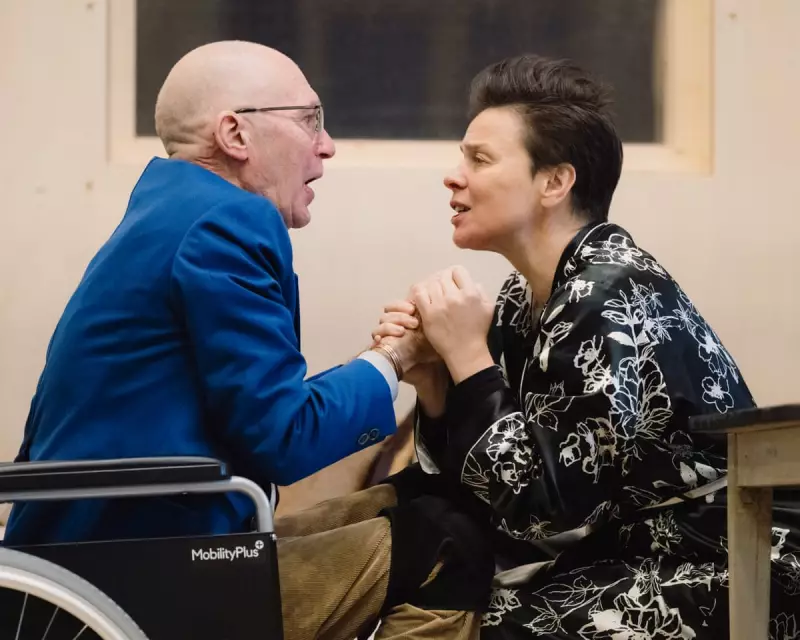
Lithuanian soprano Aušrinė Stundytė has built a formidable reputation for taking on some of opera's most psychologically and physically demanding roles, and her latest challenge sees her portraying a woman who has lived for three centuries.
In a revealing interview, the acclaimed singer discusses how her ability to channel pain and emotional trauma has become an unexpected asset in her artistic toolkit. "I'm good at doing pain," Stundytė states matter-of-factly, acknowledging the unique capacity that has defined her career.
The Anatomy of a Performance
Stundytė's approach to performance is both visceral and intellectual. She describes the physical transformation required for demanding roles, explaining how adrenaline becomes both fuel and obstacle. "The adrenaline is so high that you cannot really control your body," she reveals, detailing the intense physical preparation needed to maintain control during performances.
From Pat Nixon to a 300-Year-Old Woman
The soprano's recent credits showcase her remarkable range. She earned critical acclaim for her portrayal of Pat Nixon in John Adams's Nixon in China at the Royal Opera House, bringing depth and complexity to the often-overlooked First Lady.
Now, she prepares for an even more extraordinary challenge: playing a woman who has lived through three centuries of history. This role demands not just vocal excellence but profound physical transformation and emotional depth.
Trauma as Artistic Material
Stundytė speaks candidly about how personal experiences with trauma have informed her artistry. Rather than avoiding difficult emotions, she has learned to harness them, transforming personal pain into powerful performances that resonate with authenticity.
"You have to find a way to make it work for you," she explains, discussing the delicate balance between personal experience and professional performance.
The Physical Toll of Emotional Roles
The soprano doesn't shy away from discussing the physical consequences of her demanding profession. She describes the recovery process after intense performances, acknowledging that some roles leave lasting impressions both emotionally and physically.
Yet for Stundytė, this physical connection to her characters is essential to creating believable, moving performances that transcend mere technical perfection.
As she continues to push the boundaries of operatic performance, Aušrinė Stundytė represents a new generation of opera stars willing to explore the deepest corners of human experience, proving that true artistry often emerges from embracing rather than avoiding life's complexities.





